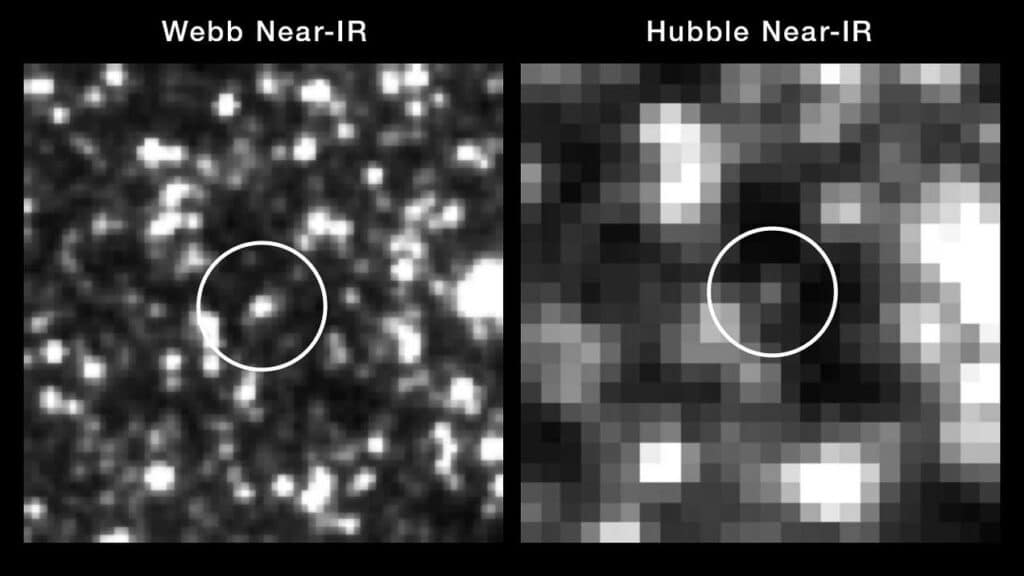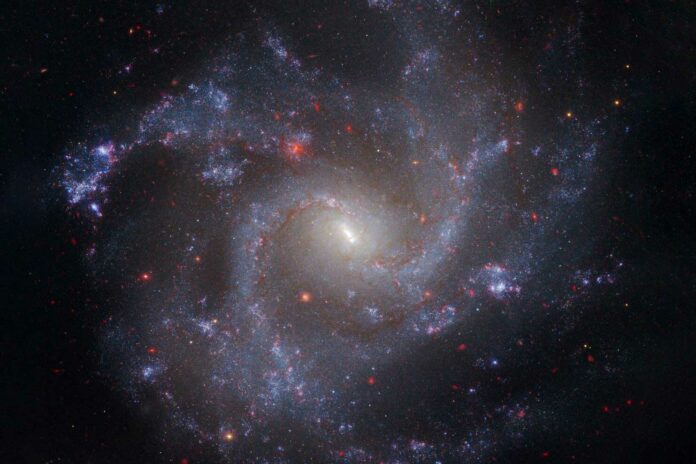One of the most critical parameters for comprehending the expansion of the Universe is the Hubble constant or the Universe’s expansion rate. However, there is a constant discrepancy between the observed and expected values from the Big Bang’s afterglow, known as the Hubble Tension.
The Hubble and James Webb space telescopes confirmed the accuracy of the Hubble measurements. Because of Hubble’s observations, our knowledge of the age of the Universe has significantly improved, and it is now estimated to be 13.8 billion years.
This does not, however, reconcile with other measurements that point to a quicker expansion rate following the Big Bang. These observations originate from the cosmic microwave background radiation mapping by the ESA Planck satellite.
Although it would be easy to conclude that Hubble’s observations are incorrect, a cross-check conducted by the James Webb Space Telescope validated Hubble’s conclusions. Cosmologists are still baffled by this disparity between the expansion of the early Universe and the nearby Universe.
Is this discrepancy the result of measurement errors between the two methods used, or does it require new physics to resolve? The combined efforts of Hubble and Webb indicate that the expansion rate is influenced by factors other than measurement mistakes.
Adam Riess, a physicist at Johns Hopkins University in Baltimore, said, “With measurement errors negated, what remains is the real and exciting possibility that we have misunderstood the Universe.”

The James Webb Space Telescope (Webb) conducted a preliminary measurement in 2023 to validate the precision of Hubble’s observations of the expanding Universe. Some scientists argued that previously invisible measurement flaws will appear as we further investigate the Universe. They proposed that a systematic effect of stellar crowding may be observed in the brightness measurements of more distant stars.
Under Riess’s direction, the SH0ES (Supernova H0 for the Equation of State of Dark Energy) team used Webb to acquire extra observations of Cepheid variable stars, which are essential cosmic milepost markers that may be connected to Hubble data. These findings ruled out measurement mistakes as the source of the Hubble Tension and demonstrated the accuracy of Hubble’s measurements.
The accuracy of the initial steps of the cosmic distance ladder—which astronomers use to calculate relative distances throughout the Universe—was confirmed by the effectiveness of these Webb observations. But difficulties appear as we proceed outward along the “second rung” of the ladder. Differentiating Cepheids from nearby stars becomes more complex as distance increases due to stellar crowding, which causes observations of them to become less accurate.
As the distance rises, previous Hubble images of distant Cepheid variables show more crowded and overlapping with nearby stars. This difficulty is mitigated by Webb’s superior infrared vision, which allows it to slice through dust and isolate the Cepheids from nearby stars more successfully than Hubble could with visible light measurements.
Riess said, “Combining Webb and Hubble gives us the best of both worlds. The Hubble measurements remain reliable as we climb farther along the cosmic distance ladder.”
With five host galaxies of eight Type Ia supernovae, totaling 1000 Cepheids, the latest Webb data approach NGC 5468, the farthest galaxy where Cepheids have been well-measured, at a distance of 130 million light-years. “This spans the full range where we made measurements with Hubble,” said co-author Gagandeep Anand of the Space Telescope Science Institute in Baltimore, which manages the Hubble and Webb Telescopes for NASA. So, we have reached the bottom of the cosmic distance ladder’s second rung.”
Both Hubble and Webb have confirmed the Hubble Tension, which opens up the possibility of future observatories—such as NASA’s planned Nancy Grace Roman Space Telescope and ESA’s recently launched Euclid mission—solving the puzzle.
Right now, it’s as if the Big Bang afterglow that Planck saw at the beginning of the Universe has firmly fixed an anchor point on one side of a river, while the distance ladder that Hubble and Webb have witnessed has firmly placed an anchor point on the other. It has not yet been possible to directly witness how the expansion of the Universe evolved over billions of years between these two endpoints.
Riess said, “We need to find out if we are missing something on how to connect the beginning of the Universe and the present day.”
Journal Reference:
- Adam G. Riess et al. JWST Observations Reject Unrecognized Crowding of Cepheid Photometry as an Explanation for the Hubble Tension at 8σ Confidence. The Astrophysical Journal Letters. DOI 10.3847/2041-8213/ad1ddd
